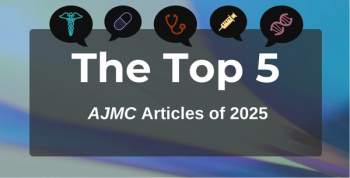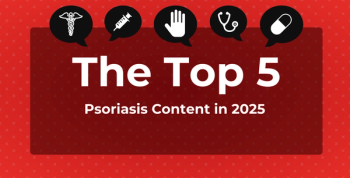
Bendamustine/Rituximab vs Sutimlimab Monotherapy for CAD Explored in New Review
A review published in Transfusion Medicine Reviews discussed the 2 therapeutic approaches and their pros and cons for treating cold agglutinin disease (CAD).
In recent years, a better understanding of
CAD is a rare hemolytic disorder that accounts for a small portion of autoimmune hemolytic anemias (AIHAs) and is mediated by antibodies called cold agglutinins (CAs). CAD is characterized by symptoms that include anemia of varying degrees, compensated hemolysis, fatigue, and cold-induced circulatory symptoms, such as acrocyanosis.
Clonal B-cell lymphoproliferation and complement-mediated hemolysis are major aspects of CAD pathogenesis, and each can be targeted for treatment in patients with symptomatic anemia or other clinical manifestations affecting quality of life. For patients with mild symptoms, management with thermal protection can be sufficient.
Bendamustine-plus-rituximab therapy is the newest and most efficacious regimen targeting B cells and outperforms options such as rituximab monotherapy, bortezomib monotherapy, or fludarabine plus rituximab. And although ibrutinib is a promising novel option, it has not been confirmed in prospective trials.
The safety and efficacy of bendamustine/rituximab was the focus of the
Complement-directed therapy is a newer approach to CAD treatment, with blockades at C1, C3, and C5 studied in this context. C1 inhibition with sutimlimab is the most researched complement-directed approach for CAD thus far.
The phase 2/3
In the randomized, placebo-controlled, double-blind Cadenza trial of 42 patients dependant on blood transfusions, the primary end point was hemoglobin increase of at least 1.5 g/dL and transfusion avoidance. In the treatment arm, 73% of patients met the end point criteria. Fatigue scores also improved, and the therapy was well tolerated. The authors note there may be a risk of infection with encapsulated bacteria during complement inhibition treatment, which can be minimized by selective pathway inhibition. Sutimlimab was approved by the FDA to treat CAD in February 2022.
“Comparison between B-cell–directed therapy and complement inhibition should be done with caution, as comparative studies have not been performed and are unlikely to be undertaken,” the authors wrote. “Furthermore, the end points and response definitions were not identical in the 2 groups of studies, implying that rates and depths of responses cannot be compared head to head.”
Both treatments have high response rates and CR rates. However, sutimlimab is faster acting and has a lower toxicity profile. Bendamustine/rituximab is a temporary treatment, while sutimlimab is indefinite and has higher costs.
Overall, the treatment route should depend on the individual patient, the authors concluded. Each has pros and cons, but both have shown high response rates and have made CAD a treatable disease. The authors also emphasized that clinical trials should also be considered for patients with CAD who require treatment.
Reference
Berentsen S, Tjønfjord GE. Current treatment options in cold agglutinin disease: B-cell directed or complement directed therapy? Transfus Med Rev. Published online August 28, 2022. doi:10.1016/j.tmrv.2022.05.001
Newsletter
Stay ahead of policy, cost, and value—subscribe to AJMC for expert insights at the intersection of clinical care and health economics.








































